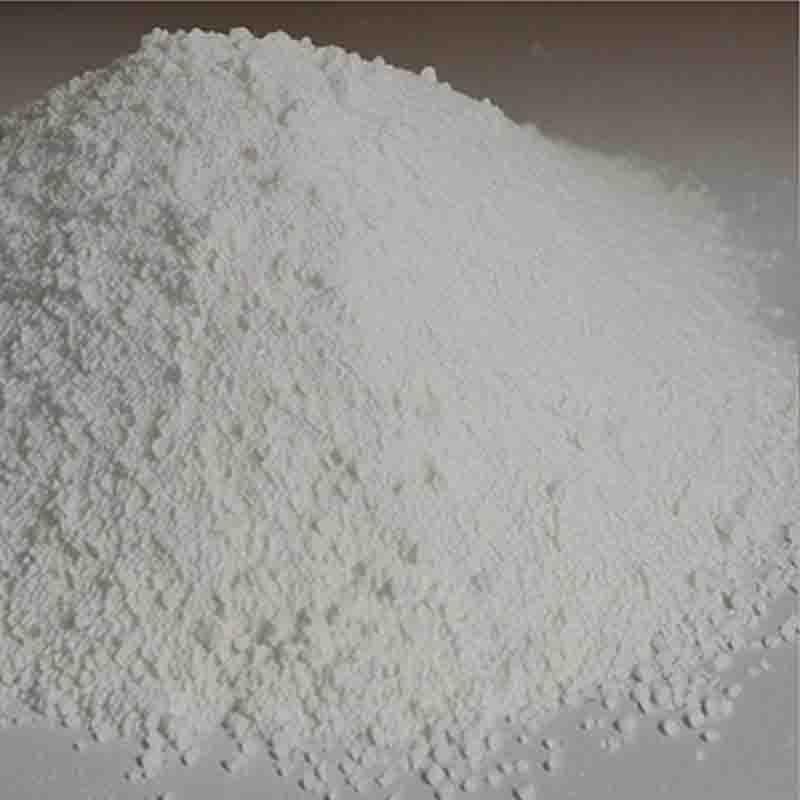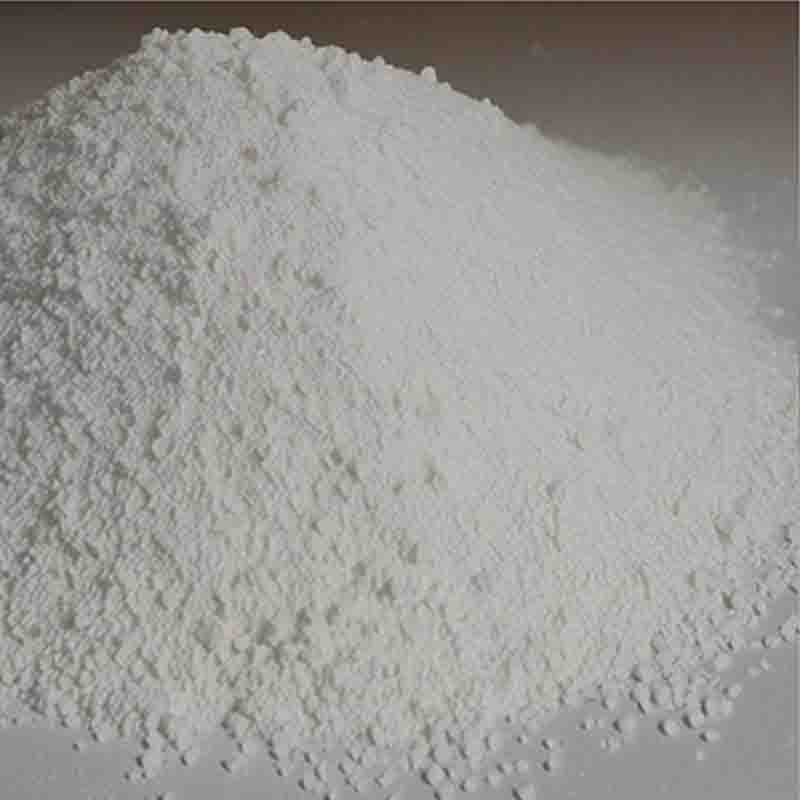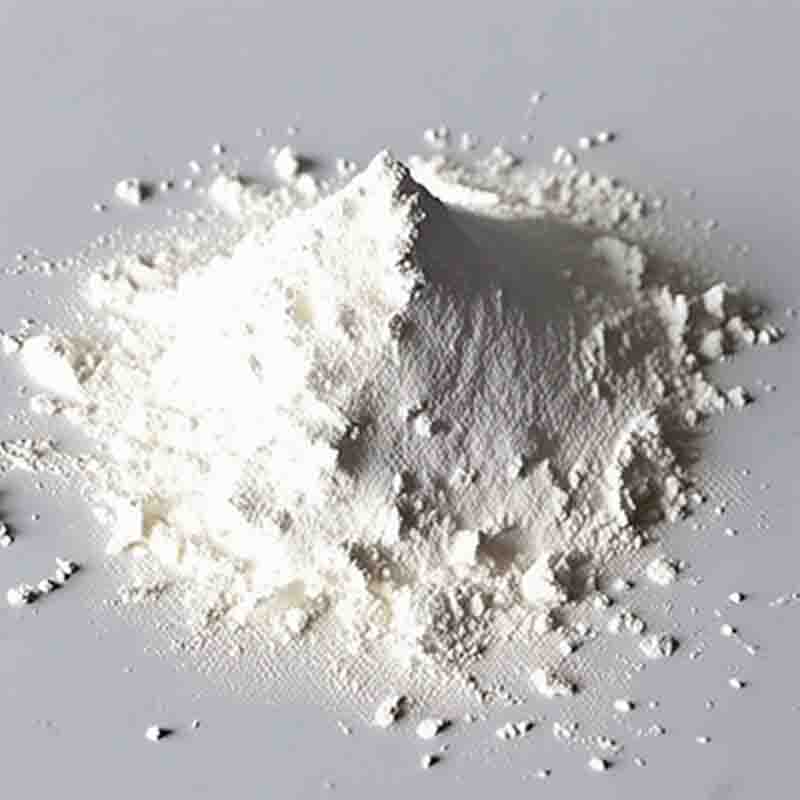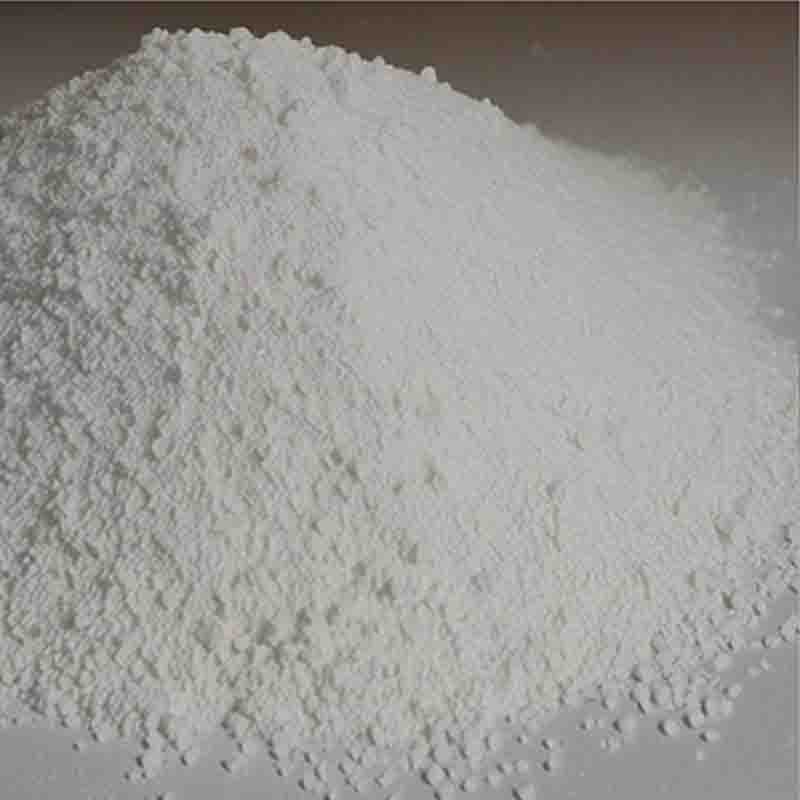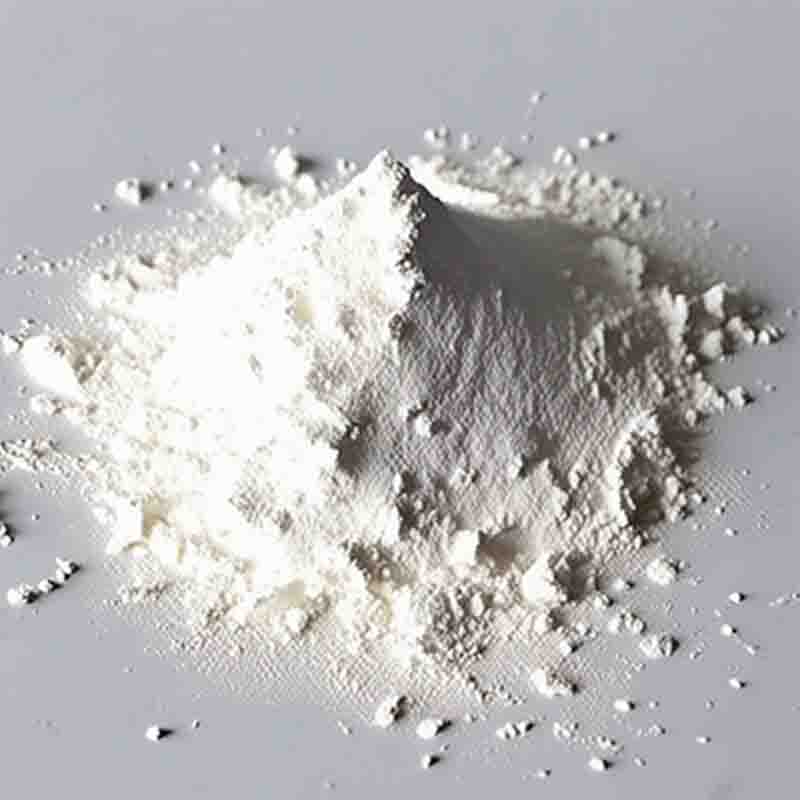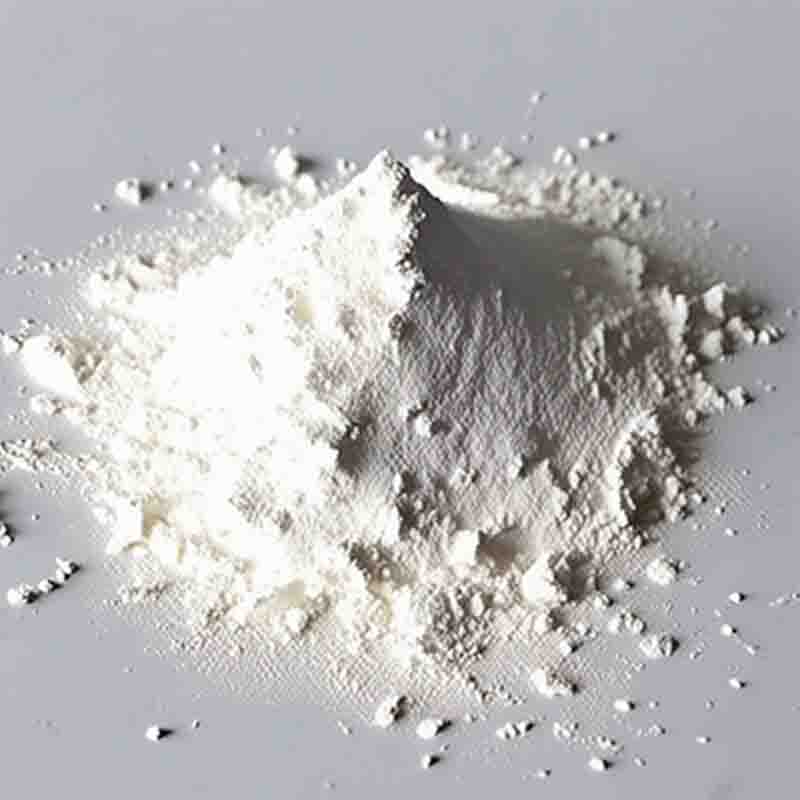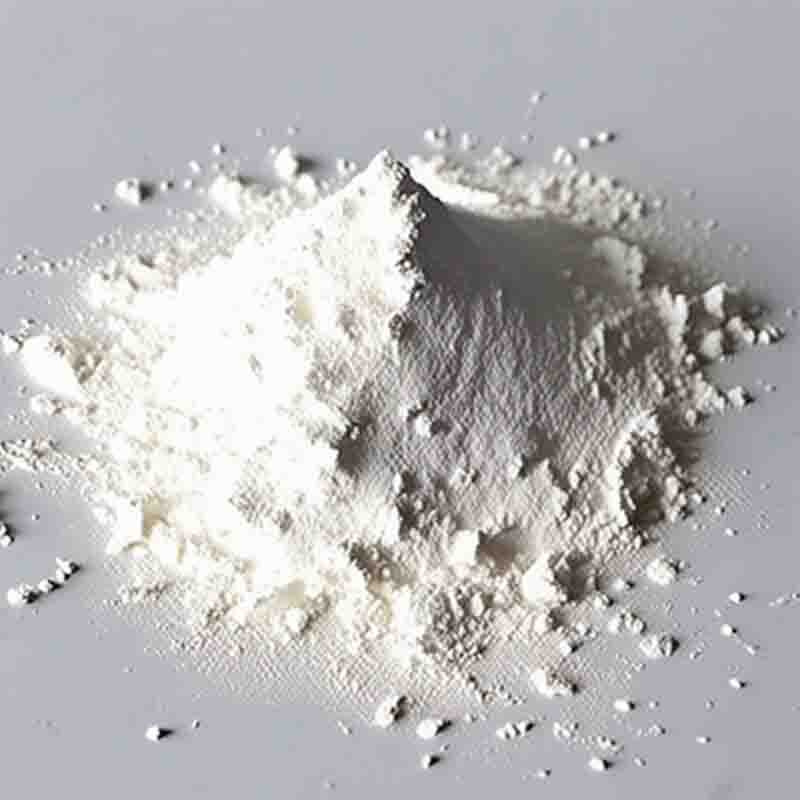Bis(4-Bromophenyl)Amine CAS:16292-17-4
| Catalog Number | XD94735 |
| Product Name | Bis(4-Bromophenyl)Amine |
| CAS | 16292-17-4 |
| Molecular Formula | C12H9Br2N |
| Molecular Weight | 327.01 |
| Storage Details | Ambient |
Product Specification
| Appearance | White powder |
| Assay | 99% min |
Bis(4-Bromophenyl)amine, also known as 4,4'-Dibromo-1,1'-biphenyl-2,2'-diamine, has various applications in different industries.
One of the main uses of Bis(4-Bromophenyl)amine is as a building block in organic synthesis. It can be used as a starting material to synthesize various organic compounds, such as pharmaceuticals, agrochemicals, and dyes. Its unique structure and reactivity make it a valuable intermediate in the production of these compounds.
In the pharmaceutical industry, Bis(4-Bromophenyl)amine can be utilized in the synthesis of drugs with diverse therapeutic applications. It can be used as a key intermediate in the production of anti-cancer drugs, anti-inflammatory drugs, and antiviral drugs. Its bromine substituents can enhance the biological activity of the final drug molecule, making it a valuable component in drug discovery and development.
Bis(4-Bromophenyl)amine also finds application in the field of materials science. It can be used as a monomer in the synthesis of polymers with specialized properties. These polymers can have applications in various industries, including electronics, coatings, and adhesives. The presence of bromine in the molecule can provide flame-retardant properties to the final polymer, making it suitable for use in fire-resistant materials.
Furthermore, Bis(4-Bromophenyl)amine can be used as a reagent in analytical chemistry. It can be employed in the determination and analysis of various compounds, such as heavy metals and organic pollutants. Its unique chemical properties make it a useful tool in laboratory research and environmental monitoring.
In conclusion, Bis(4-Bromophenyl)amine has versatile applications in organic synthesis, pharmaceuticals, materials science, and analytical chemistry. Its unique structure and reactivity make it a valuable compound in various industries, contributing to advancements in drug discovery, material development, and environmental analysis.


